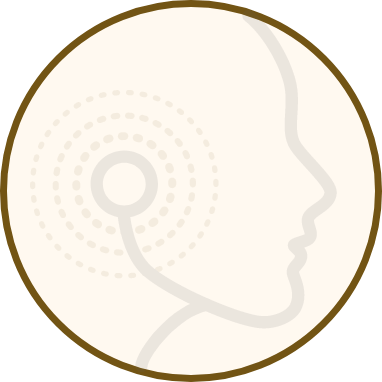 What does the anatomy of your child’s growing jaw have to do with their quality of life? Plenty! The mandible (lower jaw) is something that a child relies on thousands of times a day as they eat, speak and laugh. When the growth patterns or movements are atypical, it can lead to a host of developmental concerns.
What does the anatomy of your child’s growing jaw have to do with their quality of life? Plenty! The mandible (lower jaw) is something that a child relies on thousands of times a day as they eat, speak and laugh. When the growth patterns or movements are atypical, it can lead to a host of developmental concerns.
Speech Patterns
The relationship of the lower jaw to the upper jaw can change the positioning of your child’s tongue. In turn, this change can alter their speech development and ability to enunciate or pronounce certain sounds. If your child is receiving speech therapy, be sure to ask us to evaluate their jaw development.
Tooth Position and Alignment
Each tooth has a specific location where it’s supposed to erupt into the mouth. Atypical jaw shape, size or growth irregularities can cause teeth to become impacted or crowded, due to lack of room. If your child has lost a tooth prematurely, that limited area can permanently alter the development of their incoming adult teeth. Years down the road, this situation will contribute to a host of orthodontic concerns.
Sleep Apnoea
A short or small jaw brings soft oral tissues back further into the mouth. For example, the tongue may be placed in a way that it presses against the tonsils or back of the throat. Just that small lack of space can lead to sleep disordered breathing including snoring or sleep apnoea.
Jaw Function
For your jaw and TMJ to work efficiently, they must line up properly. Atypical relationships cause your child to modify their biting and chewing patterns to bring their teeth into contact with one another. Over time, these thousands of irregular movements can lead to joint trauma, headaches or other ailments.
How Can We Help?
Early intervention and a holistic approach are usually the best choices for treating TMJ irregularities in children. We’ll evaluate your child’s anatomy and jaw movement to determine if non-surgical therapies or some growth modification are necessary.
Contact us today to request a consultation. We see children as young as 2 years old!

